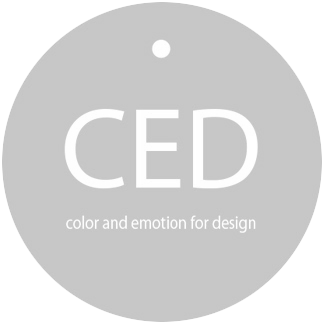Professor Suk co-authored an article entitled as, “Application Methods of Dynamic Design Elements for Ambient Media [앰비언트 미디어를 위한 동적 디자인 요소 적용 방법 -동적 디자인 요소가 앰비언트 미디어 사용자의 주변적 인식에 미치는 영향을 중심으로]”. This study focused the awareness of main media when the ambient media was viewed at the same time. The article was published in Design Archive, previously called as the Korean Journal of Design Studies, and the first author of the article is Professor Tek-Jin Nam, a faculty member of the Department of Industrial Design, KAIST.
Abstract
There are various new kinds of products that the design should pay attention to in the ubiquitous computing environments. One of such products is ambient media. Key characteristics are to use peripheral awareness ability of human and to apply dynamic changes embedded in physical environments as elements of design representation. The research aims to identify dynamic design elements and to suggest design application methods for ambient media. In particular, the focus is on identifying the impact of the dynamic design elements of ambient media on the peripheral awareness of users. This paper presents four key results. First, it built a theoretical basis on ambient media in design. The term was redefined for the design domain. The characteristics and types were analyzed. Second, four dynamic elements, tempo, continuity, intensity and rhythm, were identified for the new design subjects. Third, the relationship between the design elements and the peripheral awareness of users were identified through an experiment. Tempo is the one that supports peripheral awareness and reduces interference. Continuity increases peripheral awareness but has high interference. Intensity is good at reducing interference while not being effective in peripheral awareness. Lastly, application methods were suggested for the design of ambient media. This paper contributes to build a theoretical basis on design research that is expended due to the development of information technology. The dynamic design elements can be further developed for a new design language ant its application in the design practice.
Full text in Design Archive (Korean Journal of Design Studies)


